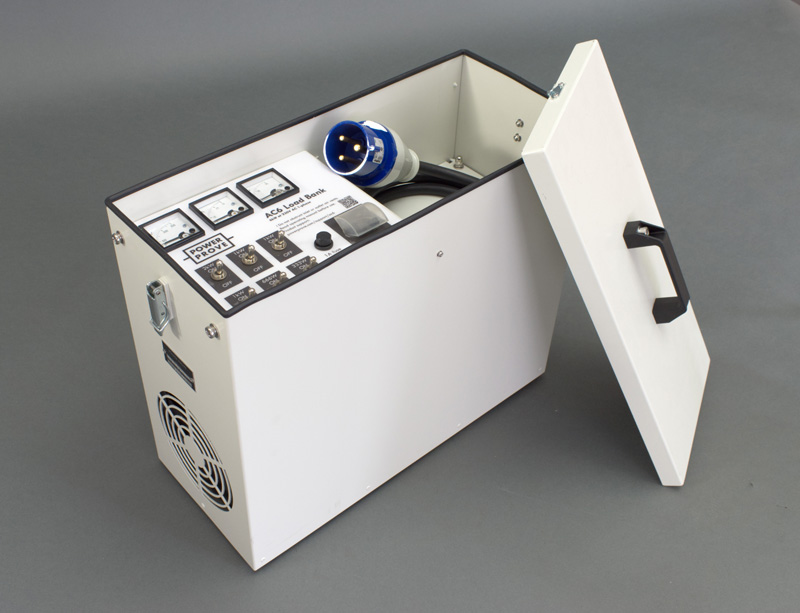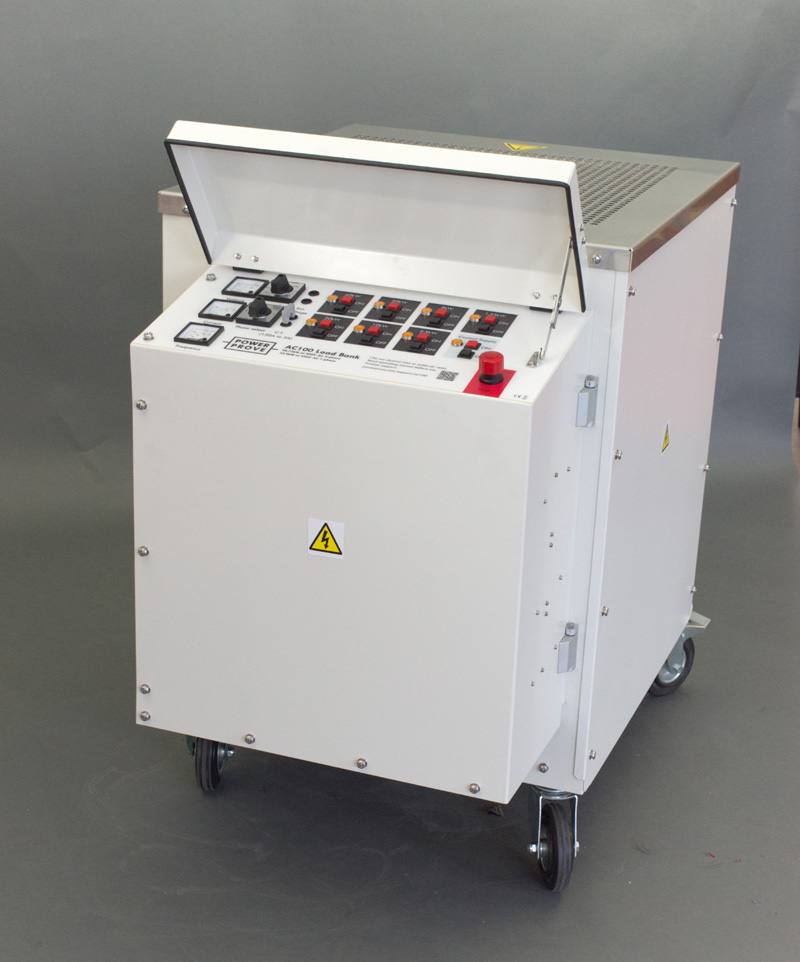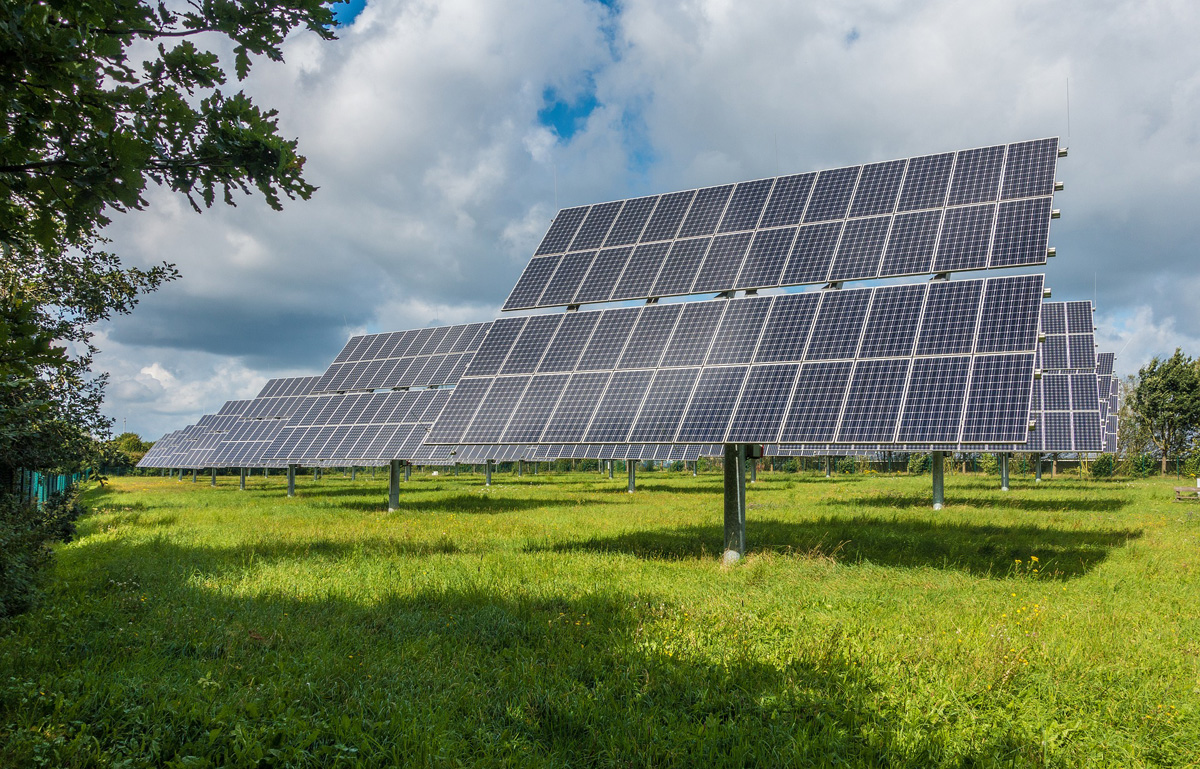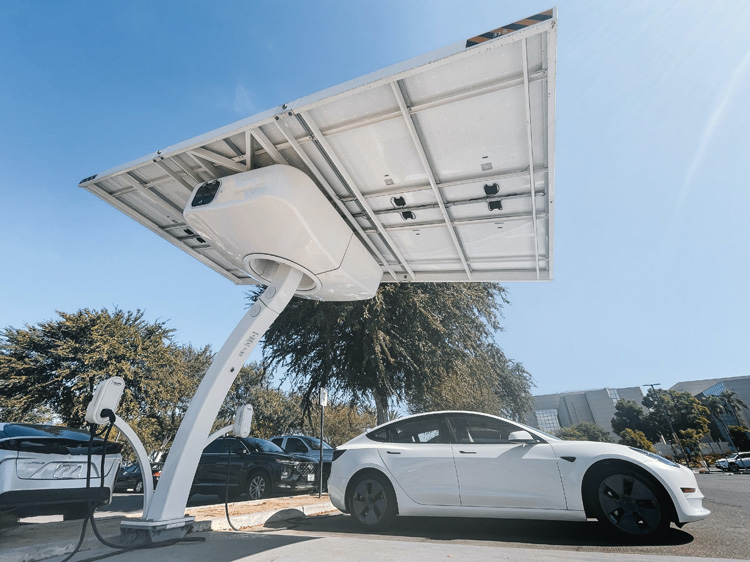CRESSALL LAUNCHES NEW LOAD BANK DIVISION

Cressall Resistors has launched a new division specifically for its load bank range — Power Prove. With over 100 years’ experience in the manufacturing resistors and load banks, and in response to growing customer demand, Cressall launches Power Prove as a dedicated brand to satisfy growing customer demand for load banks.
Power Prove offers its customers an extensive range of load bank designs, competitive lead times and pricing, and enhanced features such as power measurement, data logging, remote control and multi-load bank networking. Its extensive range is suitable for a range of applications where generator testing, battery discharge testing or ballast load is required.
The Power Prove range includes several products to suit a growing demand for portable AC load bank solutions. The AC6 load bank, for instance, provides six kilowatts (kW) of load capacity with a manual control interface at a weight of just twelve kilograms (kg). Its compact design enables the AC6 to fit into site vans for easy travel to test locations.
Additionally, the AC100-CPT is another lightweight ultra-portable load bank that offers superior power density, with 100 kW of load capacity at 31kg of weight. Offering easy connection to power supply using Powersafe connectors and real-time measurement display and data logging, the AC100-CPT is supplied with a travel case with casters and a pull handle to complete the package as one of the most convenient load banks on the market for site testing work.

Power Prove’s division director, Andrew Keith, has previously spent 14 years at Cressall specialising in product development. With Power Prove, Keith is dedicated to developing a standardised range of load banks to meet the needs of customers in the generator manufacturing and maintenance markets.
“The growth of industries that require load bank testing — including distributed electricity generation, data centres and transportation infrastructure — has resulted in an ever increasing and changing customer demand for portable AC load banks available to purchase immediately,” explained Keith. “By launching Power Prove, we hope to provide our load bank customers with a wide range of solutions from our extensive standard product range and enhanced feature set, catering for all load banking requirements.”
“Cressall has over 100 years’ experience in the manufacturing and global distribution of custom-made resistors and load banks,” added Simone Bruckner, managing director of Cressall Resistors. “Power Prove consists of an experienced team of engineers and manufacturing experts that take time to advise and deliver the latest load bank technology that it suitable for the application.”
Power Prove is now live, offering a comprehensive range of AC and DC load banks available for global distribution. To find out more, please get in touch with a member of the team via the website.
CRE454



